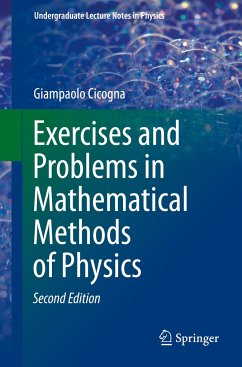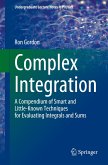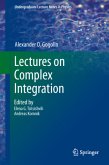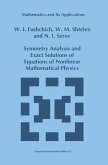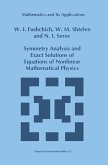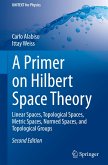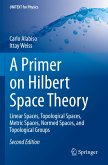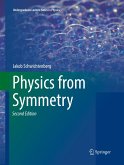This book is the second edition, whose original mission was to offer a new approach for students wishing to better understand the mathematical tenets that underlie the study of physics. This mission is retained in this book.
The structure of the book is one that keeps pedagogical principles in mind at every level. Not only are the chapters sequenced in such a way as to guide the reader down a clear path that stretches throughout the book, but all individual sections and subsections are also laid out so that the material they address becomes progressively more complex along with the reader's ability to comprehend it. This book not only improves upon the first in many details, but it also fills in some gaps that were left open by this and other books on similar topics. The 350 problems presented here are accompanied by answers which now include a greater amount of detail and additional guidance for arriving at the solutions. In this way, the mathematical underpinnings of therelevant physics topics are made as easy to absorb as possible.
The structure of the book is one that keeps pedagogical principles in mind at every level. Not only are the chapters sequenced in such a way as to guide the reader down a clear path that stretches throughout the book, but all individual sections and subsections are also laid out so that the material they address becomes progressively more complex along with the reader's ability to comprehend it. This book not only improves upon the first in many details, but it also fills in some gaps that were left open by this and other books on similar topics. The 350 problems presented here are accompanied by answers which now include a greater amount of detail and additional guidance for arriving at the solutions. In this way, the mathematical underpinnings of therelevant physics topics are made as easy to absorb as possible.

